今から1320年も前、西暦702年2月6日(大宝2年1月1日)に施行された日本最古の成文法典(文書の形で制定された法)、『大宝律令(たいほうりつりょう)』(制定は、大宝元年の701年)。大宝律令には、29種類の海産物(8種が海藻)の1つとして海苔が租税として納められた記録が残っています。2月6日の海苔の日は、1966(昭和41)年に全国海苔貝類漁業協同組合連合会が制定しました。
Japan’s oldest codified code (law enacted in written form), the Taiho Ritsuryo (Taiho Code), was enacted 1,320 years ago, on 6 February 702 AD (1 January in the 2nd year of the Taiho era). The Taiho Ritsuryo records that laver was one of 29 types of marine products (eight of which were seaweed) for which taxes were paid. 6 February, Laver Day, was established in 1966 by the National Federation of Laver and Shellfish Fishery Cooperative Associations.
—
海苔
2016年12月撮影 – Dec. 2016
海苔の摘み取り船。海上での海苔摘み取りの際に使用される『潜り船』。直島の漁師さんが開発し、全国に普及しました。
Dried laver picking boats. ‘Diving boats’ used for seaweed picking at sea. Developed by fishermen on Naoshima and spread throughout the country.
海苔網
海藻
海苔はこうやって収穫します。網の下を船がくぐる!
気になる煙突
レンガづくりの建物は彫刻の流政之さんのアトリエ『流政之美術館(NAGARE STUDIO)』です。
海苔の網
船からみる屋島
岩礁と屋島
庵治石が採れる五剣山。麓にイサム・ノグチ庭園美術館があります。
庵治漁港
赤灯台の根本に恵比寿さんを発見
海苔の加工場に到着しました。収穫した海苔はこの中で、板状に加工、乾燥され皆さんの食卓に届きます。
完成した海苔の束。とても香ばしくて美味しかった!
2016年11月撮影 – Nov. 2016
今朝は朝4時に起きて、瀬戸内海上へ。取材で、香川県庵治(あじ)港沖の海苔養殖場に来ております。海苔の養殖には、有明海など干満差の大きな海でみられる「支柱式養殖」と、瀬戸内海などでみられる「浮き流し式養殖」があります。胞子を網につける採苗から始まり、丈夫な海苔の芽を育てる育苗(いくびょう)が行われます。育苗中は、毎日海に出てこうして網をひとつひとつ手で海苔網を持ち上げ干出(かんしゅつ)し、一定時間空気にさらして、雑藻を取り除き芽を強くします。
I woke up early morning and went to Seto Inland Sea to take photographs of seaweed farming.
Nori is the Japanese name for edible seaweed species and it’s a specialty of Kagawa pref., Japan. It is used chiefly as an ingredient (wrap) of sushi. Finished products are made by a shredding and rack-drying process that resembles papermaking. Production and processing of nori is an advanced form of agriculture. Farming takes place in the sea where the Pyropia plants grow attached to nets suspended at the sea surface and where the farmers operate from boats. The plants grow rapidly, requiring about 45 days from “seeding” until the first harvest. In Japan, over 600 square km of coastal waters are given to producing 350,000 tonnes (340,000 long tons).(Wikipedia)
The first seaweed of the season (hatsu-tsumi nori) is a delicacy from the moutains and sea that can only be enjoyed in winter. Nori is an essential ingredient in Japanese dishes, such as sushi and rice balls. With high nutritional value, nori is also called “vegetable of the sea” or “soy bean of the sea.” Due in part to the addition of washoku (traditional food culture of Japan) to UNESCO’s Intangible Cultural Heritage list in 2013, nori became known in other countries as healthy food. Kagawa is ranked 5th in Japan based on volume of aquaculture-produced nori (in 2015). Experience Takamatsu
2016年11月撮影
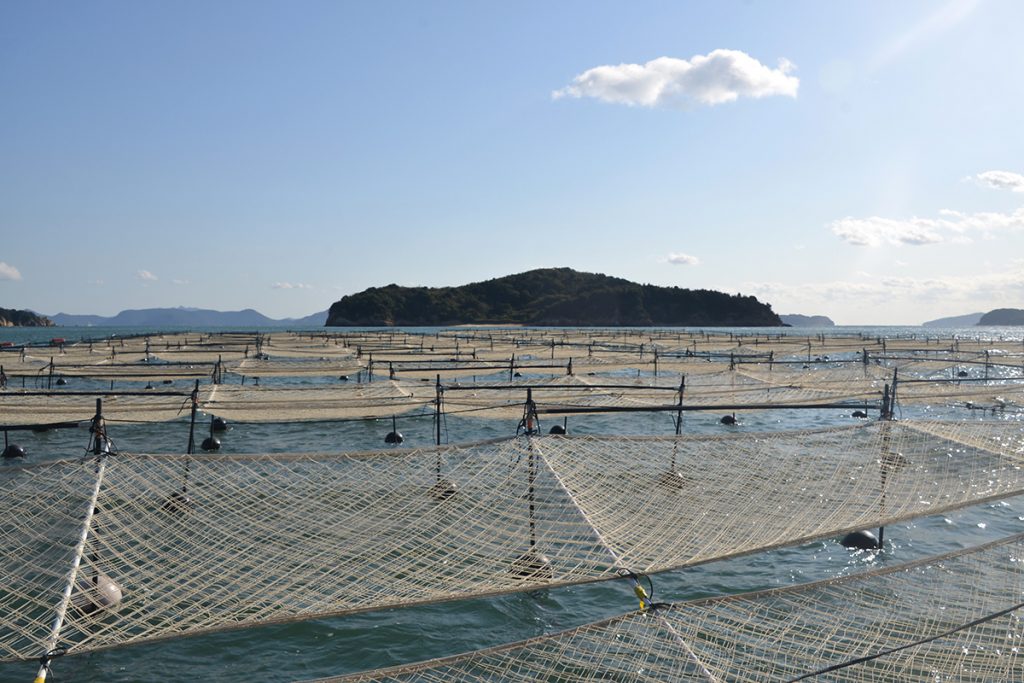
—
おむすび
・海苔の採苗(さいびょう)
秋になって水温がさがると、殼胞子(2番目のタネ)がカキ殻からでてきます。このタネをノリ網につけます。これを「採苗(さいびょう)」といいます。採苗には海面に網をはってその下にカキ殻糸状体をつけてタネをつける野外採苗(やがいさいびょう)と、陸上に作った水槽にカキ殻糸状体を入れ、その上の水車のような枠に網をはり回転させてタネをつける陸上採苗(りくじょうさいびょう)の二つの方法があります。・海苔の育苗(いくびょう)
タネをつけたノリ網は一定の時間空気中(海の上)に出して乾燥させます。このことを「干出(かんしゅつ)」といいます。干出は雑藻をとりのぞく、ノリの芽を強くする、単胞子を多くだすために行います。よく干出されたノリ芽は健全なタネ網となります。(全国海苔貝類漁業協同組合連合会より)朝一番で網をひとつひとつ干出(かんしゅつ)して、一定時間空気に晒した後、再び網を海中に下ろしておきます。その過程で網の一部を切り取り、ちゃんと海苔の胞子が育っているか観察します。

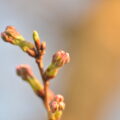

![【高知】魚を守る道、アイスハーバー型らせん魚道 – [Kochi] Ice Harbor type spiral fishway](https://yousakana.jp/wp-content/uploads/wordpress-popular-posts/50244-featured-120x120.jpeg)
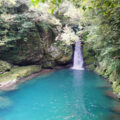


![【香川】春日川の川市 – [Kagawa] River market of Kasuga river](https://yousakana.jp/wp-content/uploads/wordpress-popular-posts/49605-featured-120x120.jpeg)
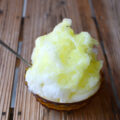
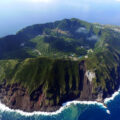
![【香川 8/4-6】真夏の夜の夢2023 in マザーポート高松 - [Kagawa] Setouchi Summer Festival](https://yousakana.jp/wp-content/uploads/wordpress-popular-posts/51118-featured-120x120.jpg)
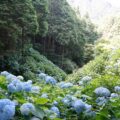

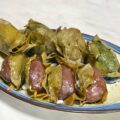
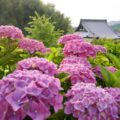
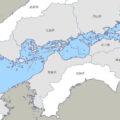
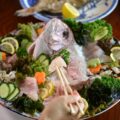

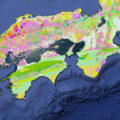
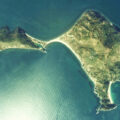
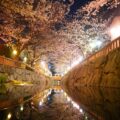
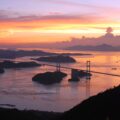
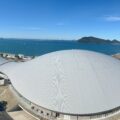
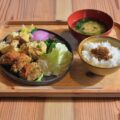
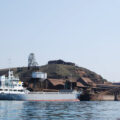
![【生誕102年 香川】彫刻家『流政之』 – [Kagawa] Sculptor Masayuki Nagare](https://yousakana.jp/wp-content/uploads/2019/04/nagare_matakimai-1-150x150.jpg)
![【香川】循環をテーマにしたライフスタイルショップ『アジサーキュラーパーク』 – [Kagawa] AJI CIRCULAR PARK](https://yousakana.jp/wp-content/uploads/2022/11/AJI-CIRCULAR-PARK-150x150.jpg)
![【香川 8/9】海に生きる人たちによって300年受け継がれてきた船渡御『皇子神社船祭り』 – [Kagawa 9 Aug] Over 300 years history, the boat festival of Ouji shrine](https://yousakana.jp/wp-content/uploads/2024/07/aji-ouji-shrine-festival-150x150.jpg)
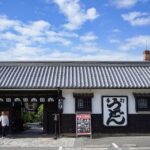
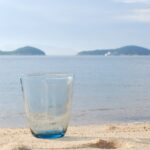
![【香川】ギョギョッとびっくり、さかなクントークショー in 高松 – [Kagawa 2/18] Sakana-kun Talk Show in Takamatsu.](https://yousakana.jp/wp-content/uploads/2023/02/sakanakun-takamatsu-city-150x150.jpeg)
![【香川】彫刻家・流政之さん『ナガレスタジオ 流政之美術館』 – [Kagawa ] Nagare Studio “Masayuki Nagare Museum”](https://yousakana.jp/wp-content/uploads/2019/07/nagare-museum-150x150.jpg)

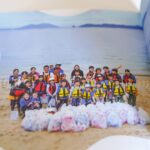
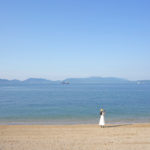
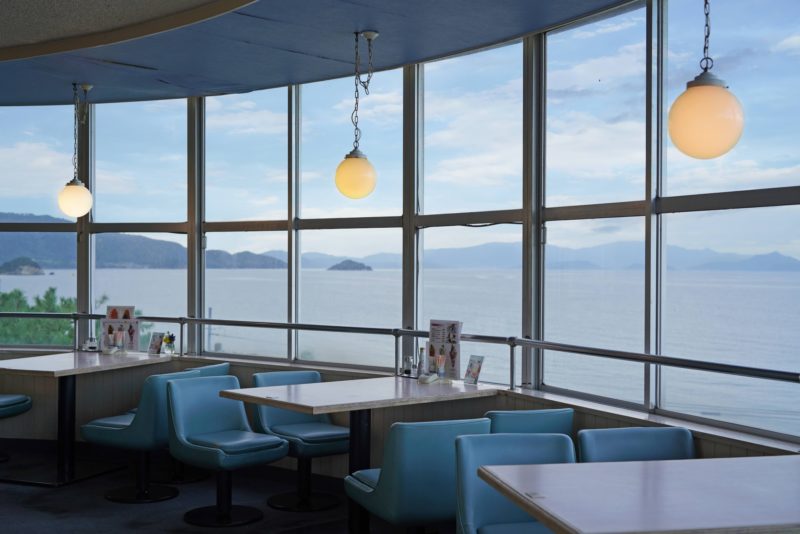
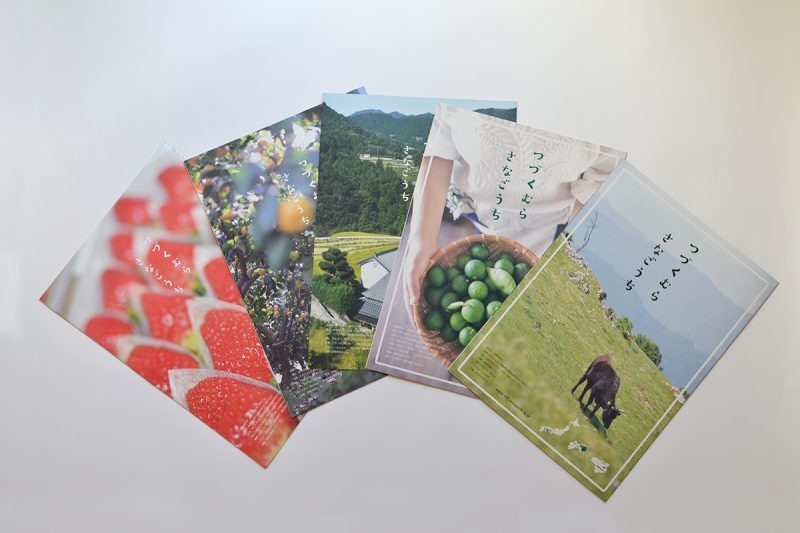
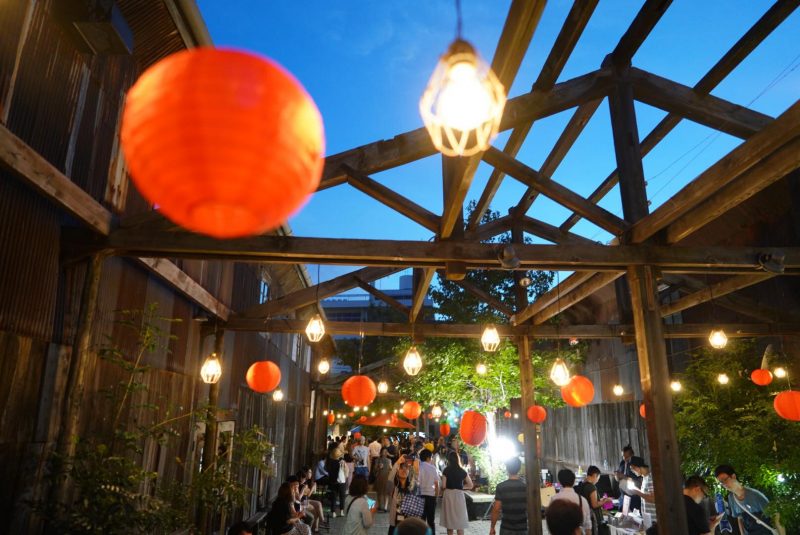
![【5/27生まれ】那須与一のコボちゃん。香川育ちの漫画家・植田まさしさん – [Born 27 May] Kobo-chan, Nasu Yoichi. Masashi Ueda, manga artist who grew up in Kagawa.](https://yousakana.jp/wp-content/uploads/2023/05/kobochan_stone-museum-800x600.jpeg)
![【香川 秋冬限定】オリーブハマチ丼 – [Kagawa Olive Hamachi season] Rice bowl topped with Olive Hamachi (yellow-tail)](https://yousakana.jp/wp-content/uploads/2020/09/Olive-Hamachi-800x534.jpg)
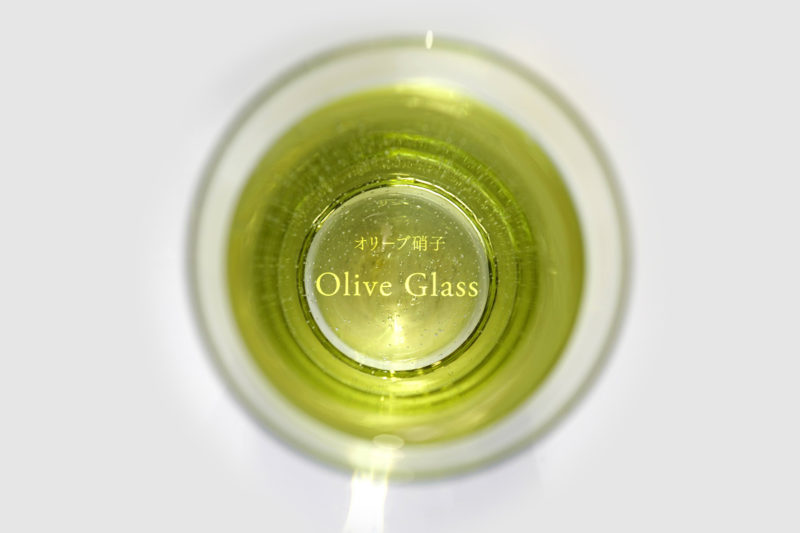
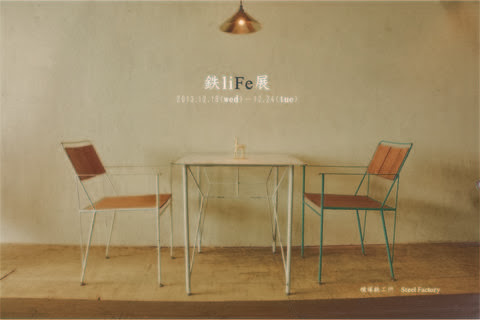
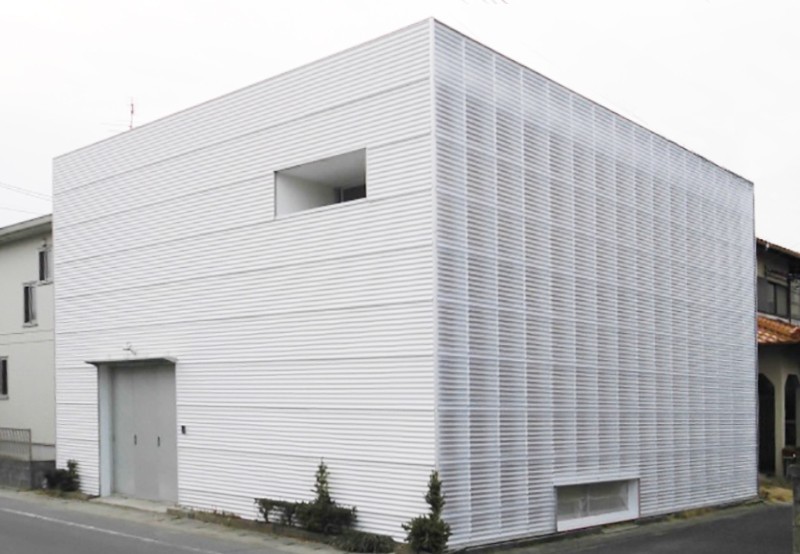
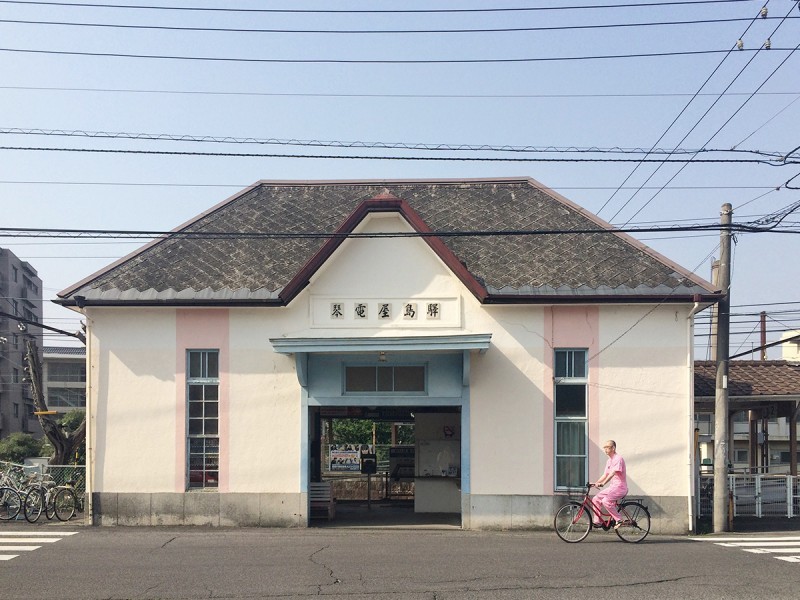

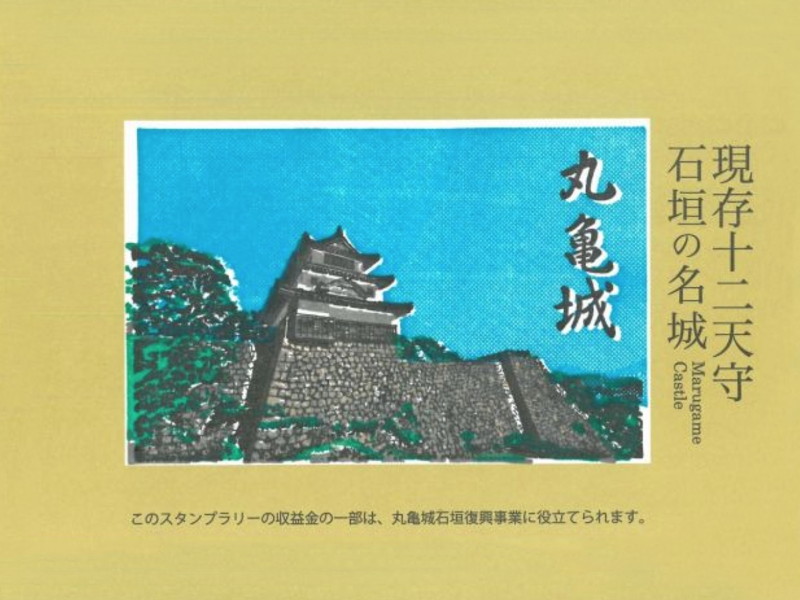
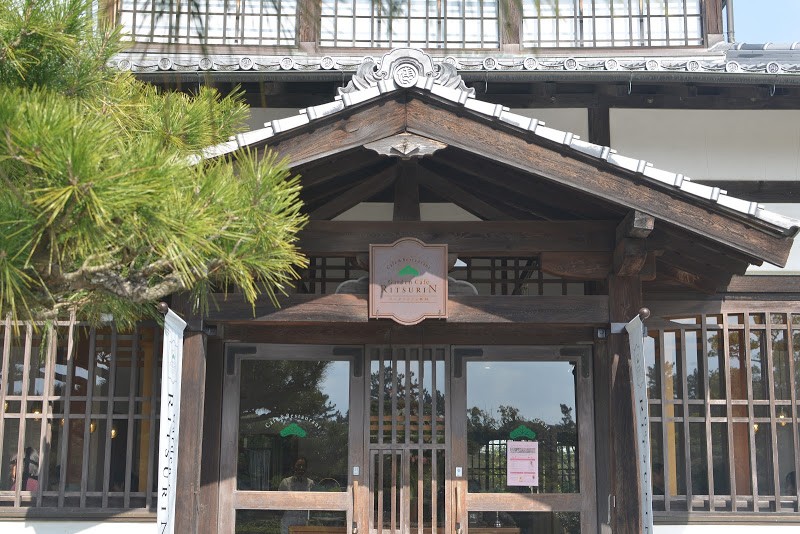
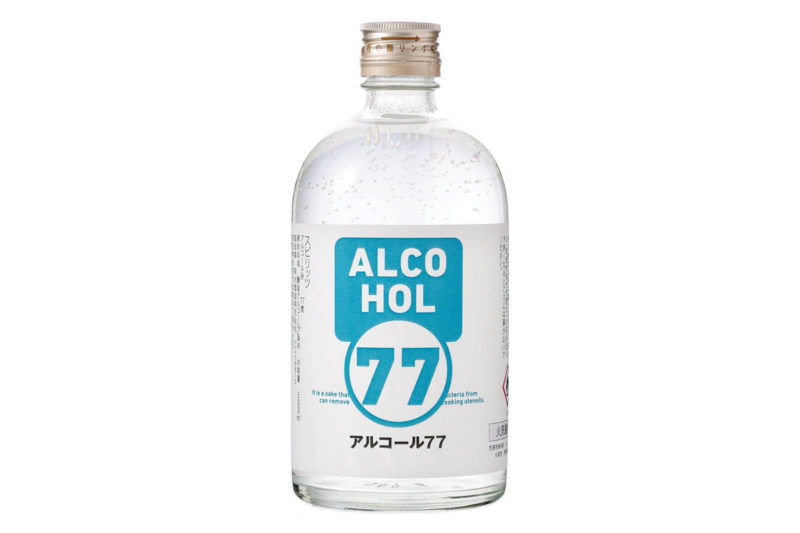

![【香川】瀬戸内を望む景勝地に堀部建築がオープン! 大串半島『時の納屋』 – [Kagawa] Kagawa] ‘Toki no Naya’, Horibe Architecture opens in a scenic spot overlooking the Seto Inland Sea!](https://yousakana.jp/wp-content/uploads/2024/07/Tokinonaya_OgushiOgushi-Peninsula-800x533.jpg)
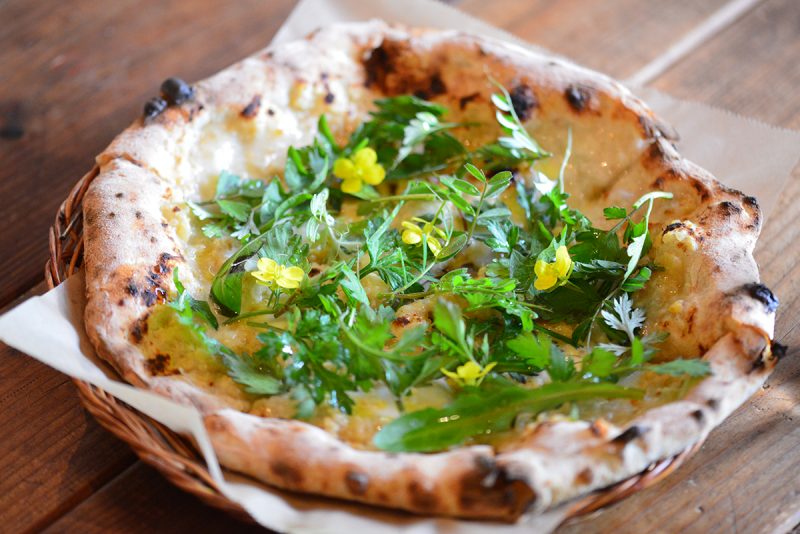
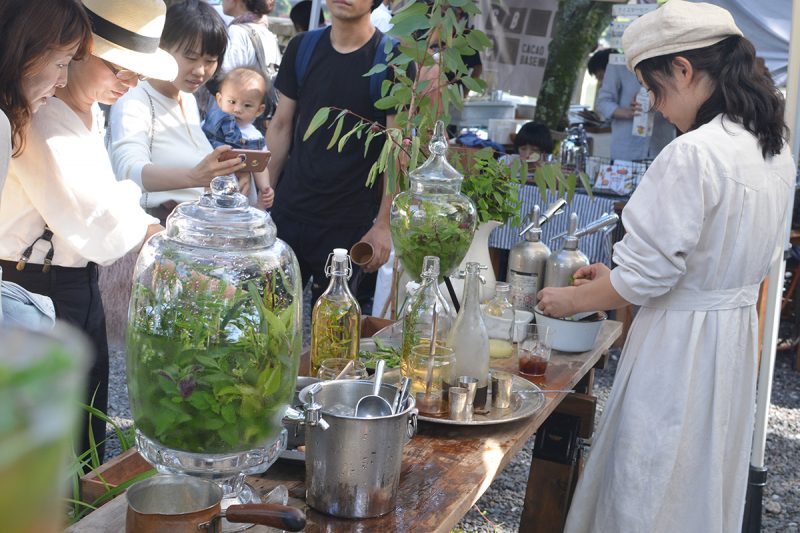

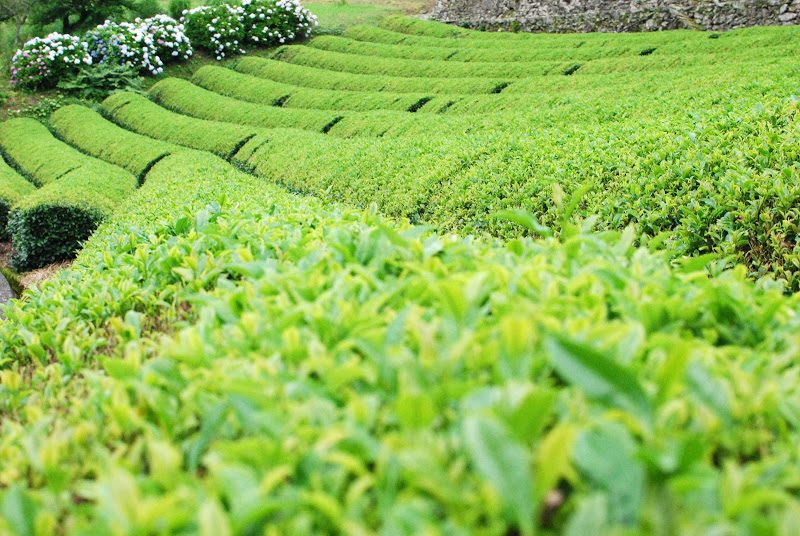
![【徳島】鮮魚のスモーク専門店『日和佐燻製工房』 – [Tokushima] Hiwasa Smokehouse](https://yousakana.jp/wp-content/uploads/2021/06/hiwasa-kunsei-koubou_hiwasa-smokehouse-800x533.jpeg)

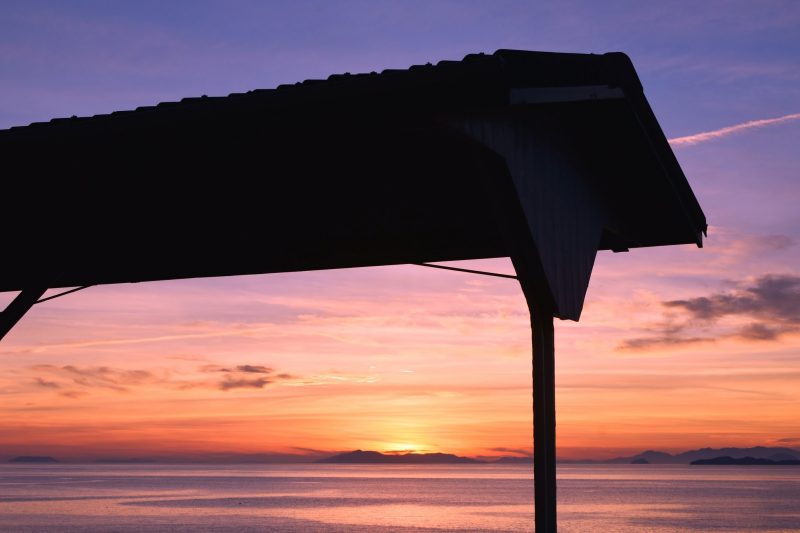
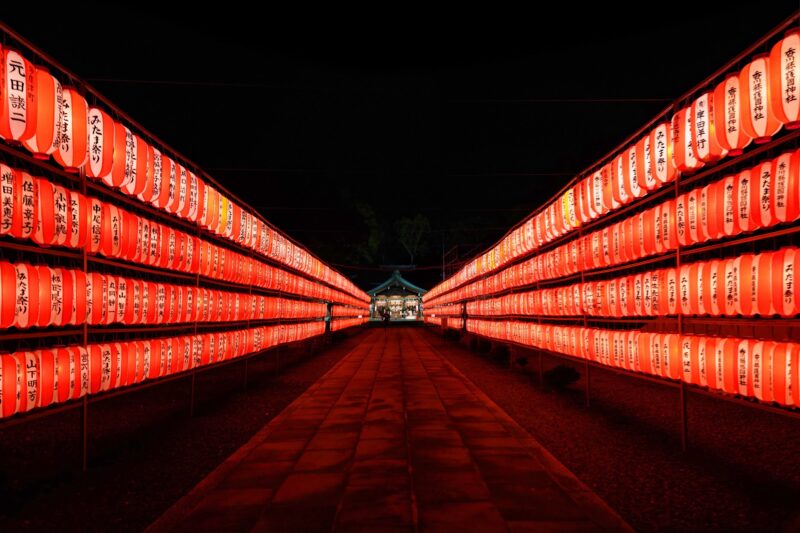
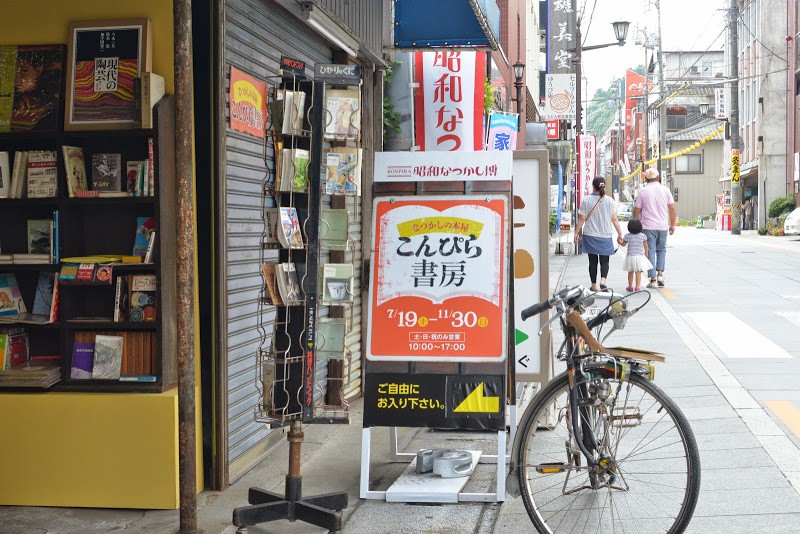
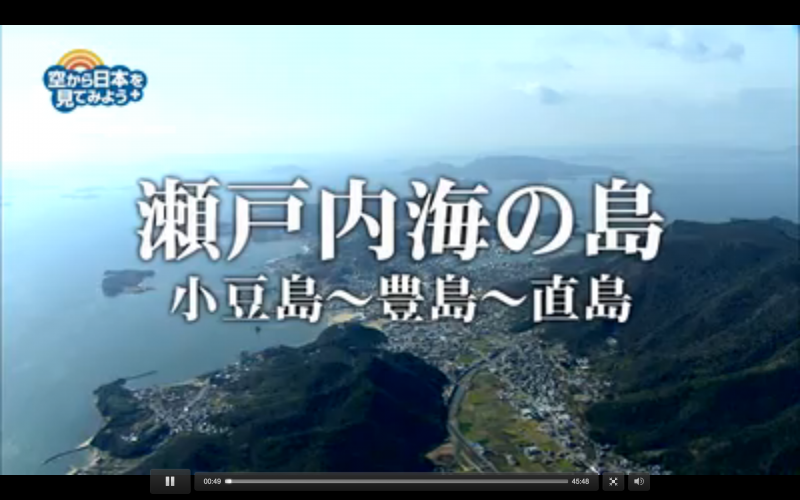
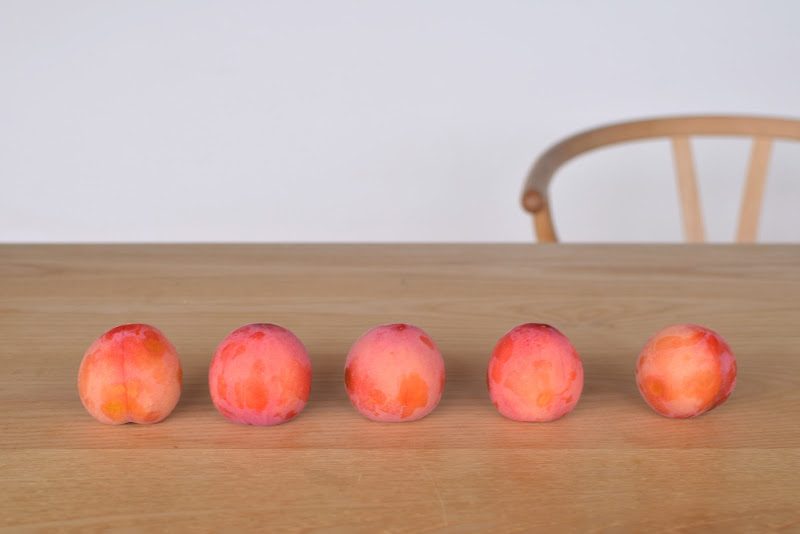
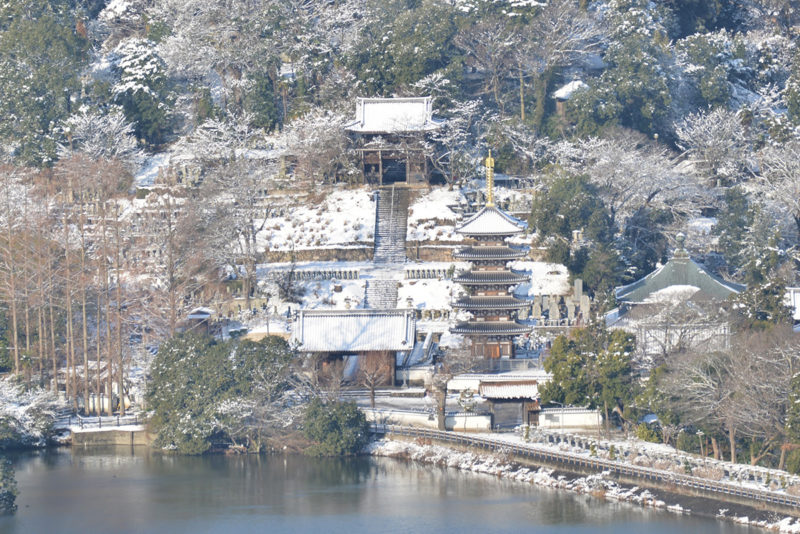
![【徳島】サーフィンとコーヒーをこよなく愛すマスターのお店『とよとみ珈琲』 – [Tokushima] Toyotomi Coffee](https://yousakana.jp/wp-content/uploads/2020/04/toyotomi-coffee.jpg)
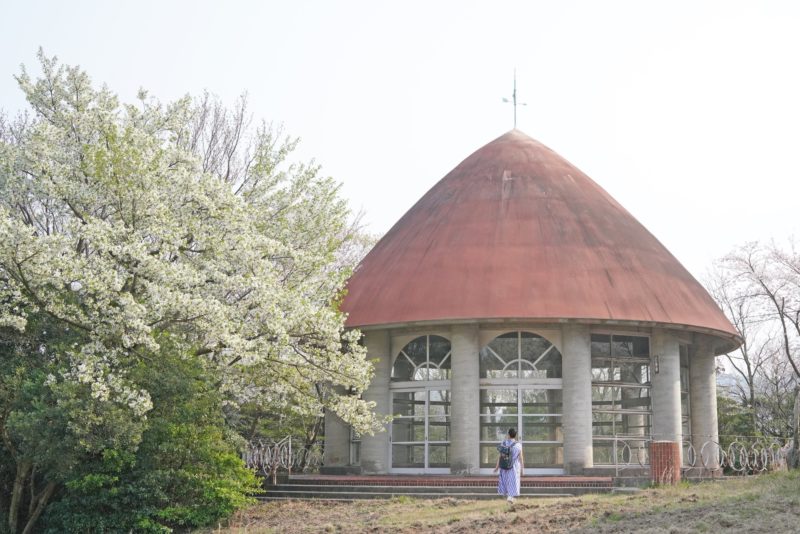
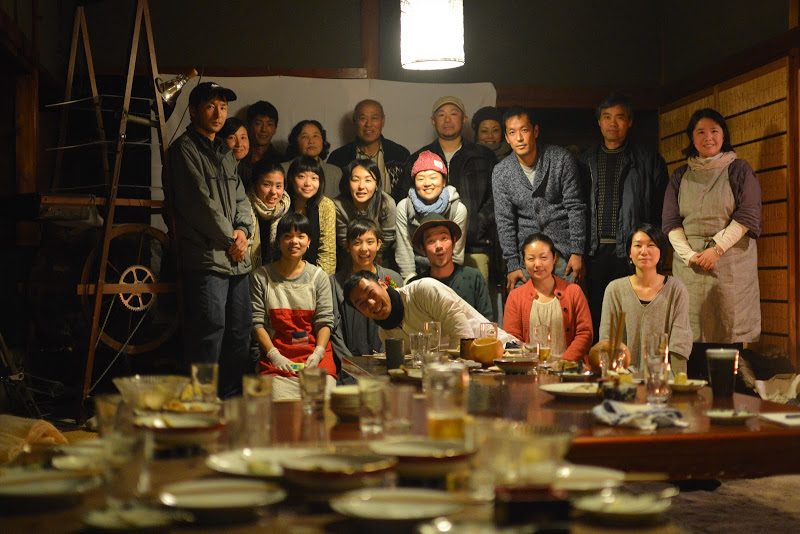
![【香川 9/8】水の恵みと豊作に感謝するひょうきんな祭り『ひょうげ祭り』 – [Kagawa 8 Sep.] “Hyoge Matsuri”, the local humorous festival](https://yousakana.jp/wp-content/uploads/2019/09/hyoge-festival-1-800x533.jpg)
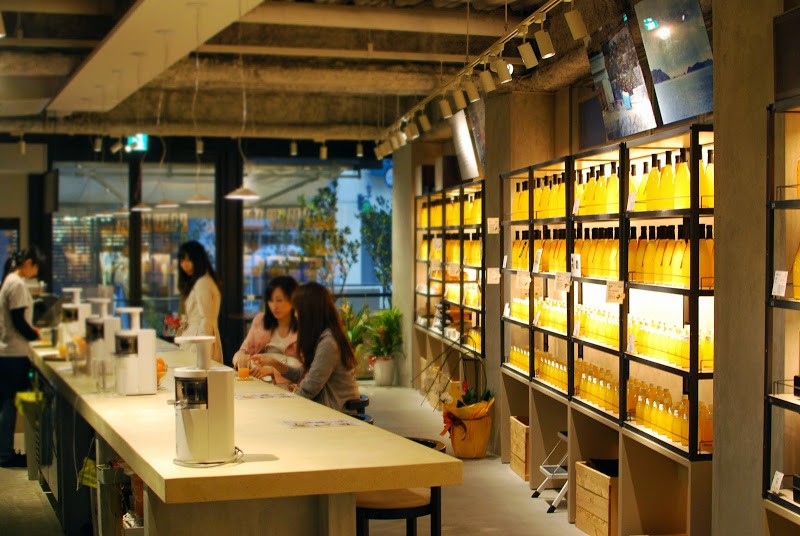
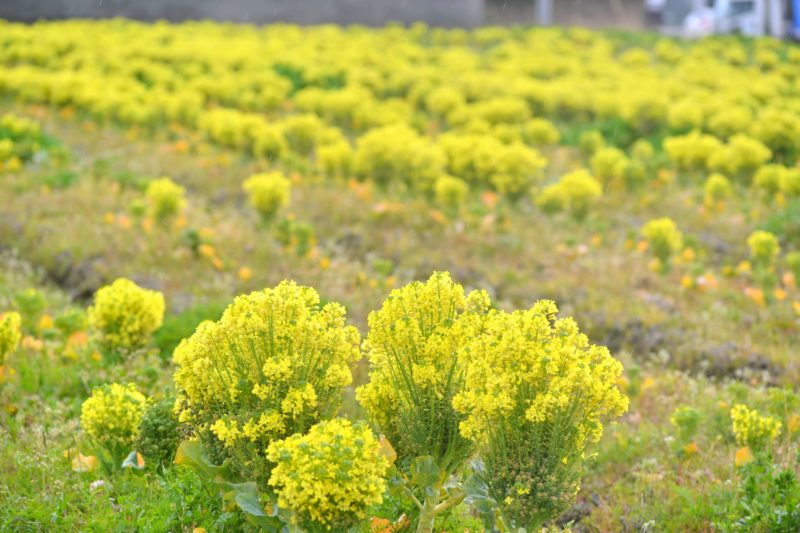
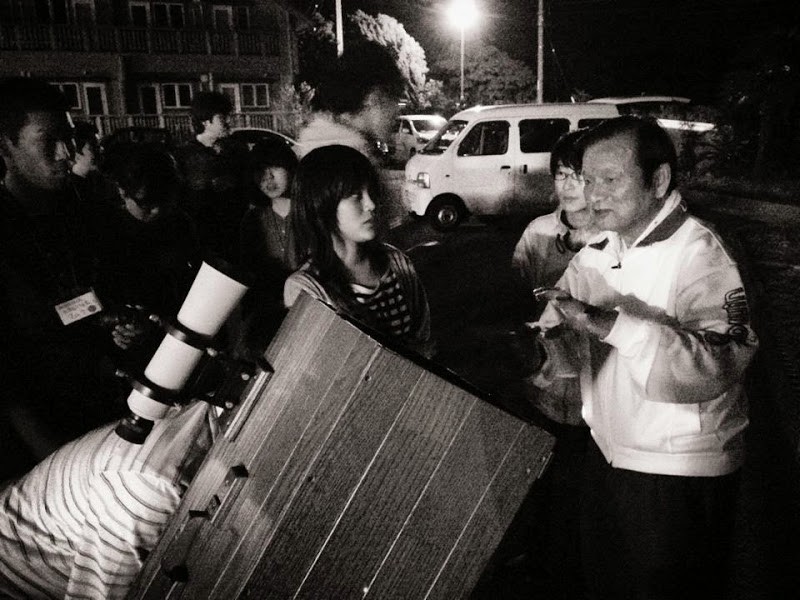
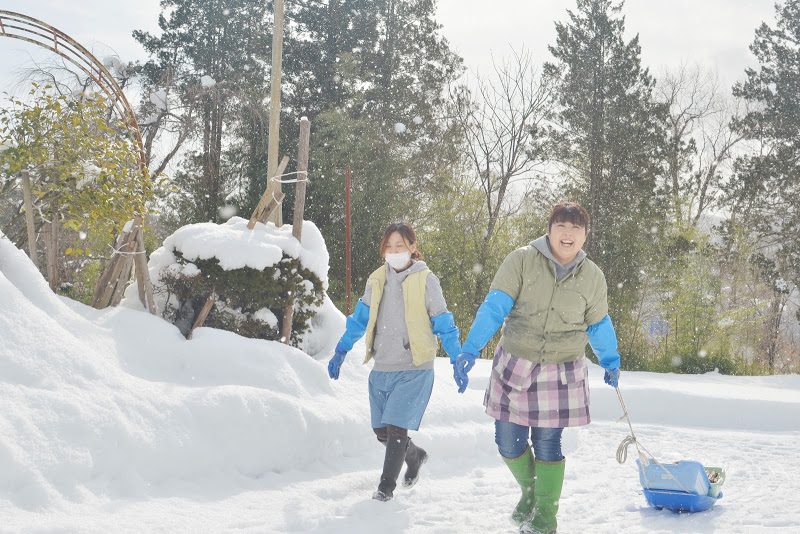
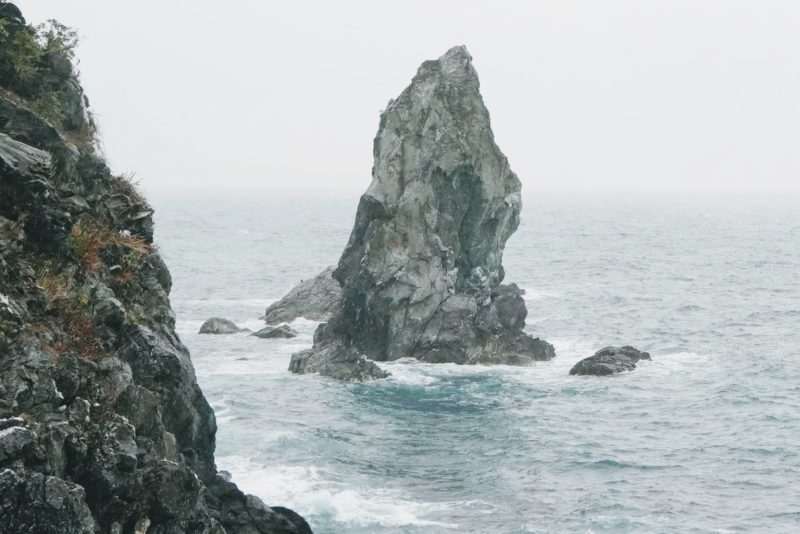
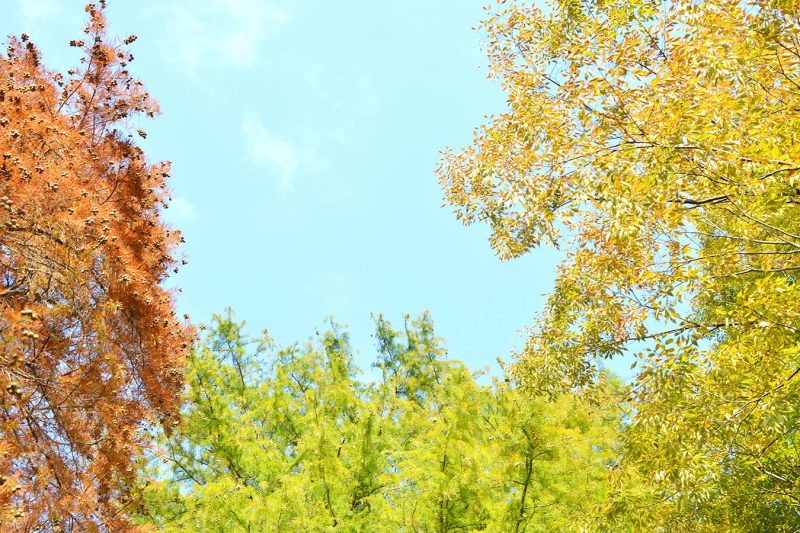
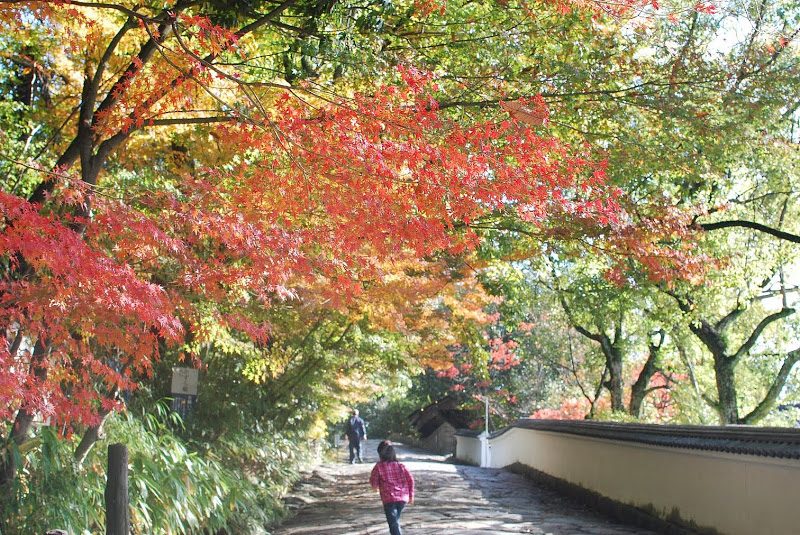
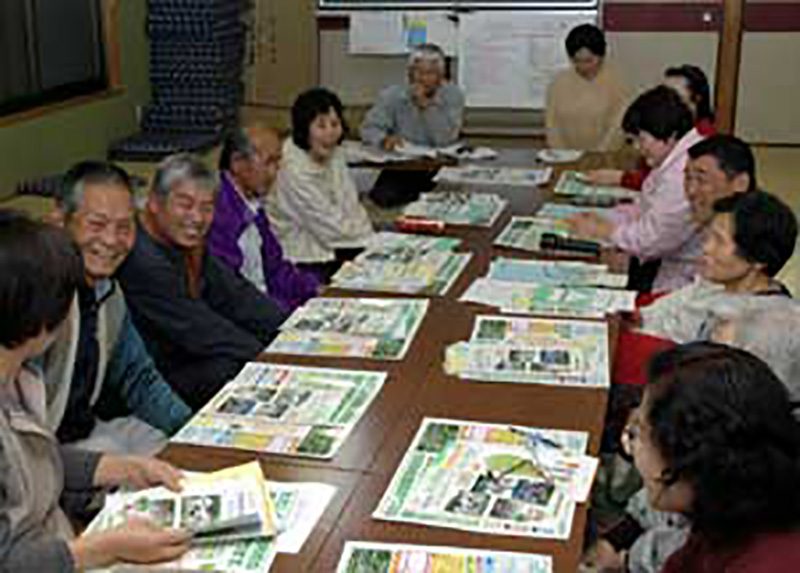
![【佐柳島】海を眺める木造校舎『ネコノシマホステル』 – [Sanagijima island] Neconoshima hostel & cafe in sanagijima island](https://yousakana.jp/wp-content/uploads/2018/07/naconoshima-800x533.jpg)
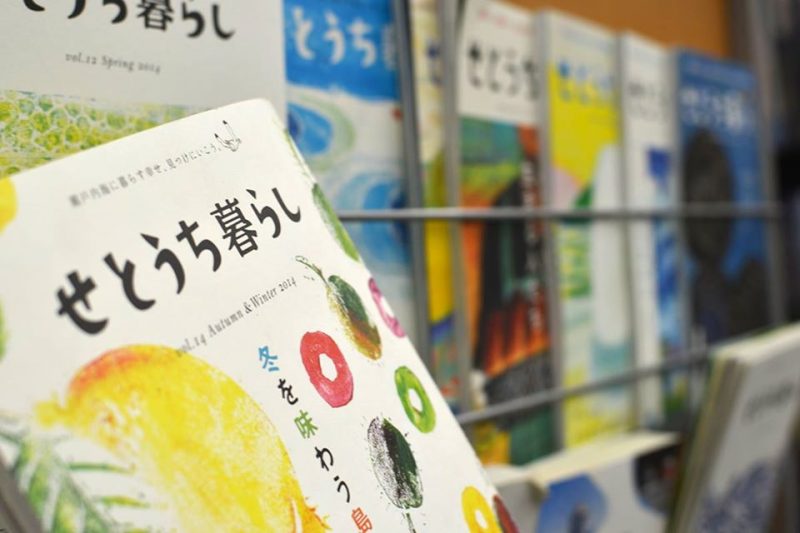
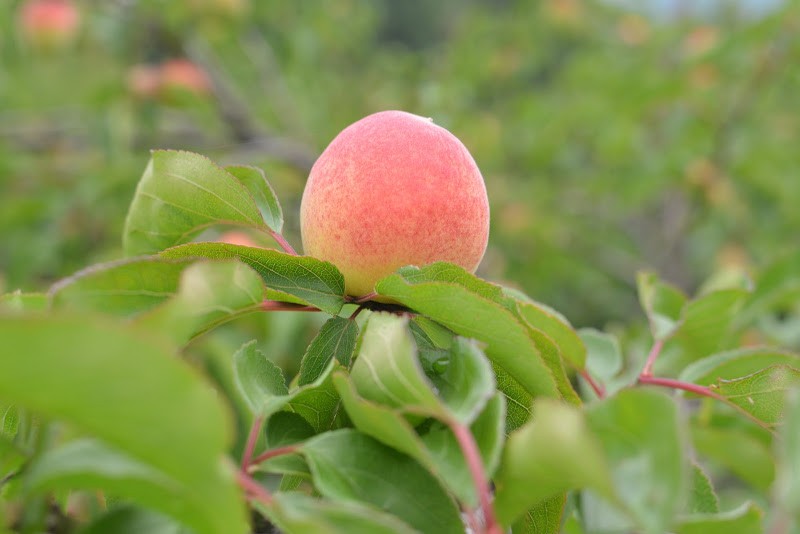
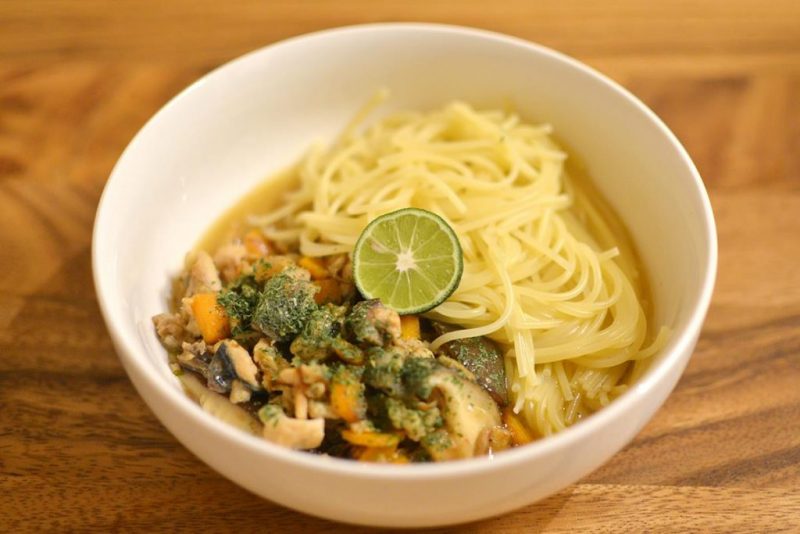
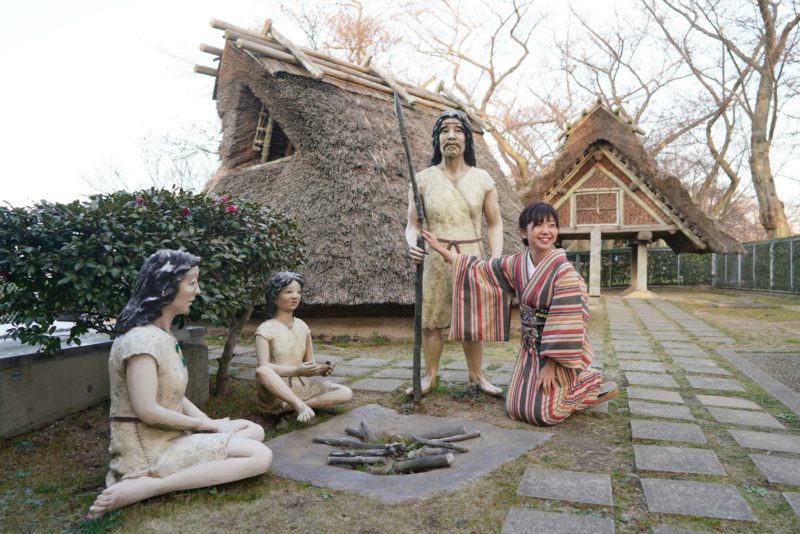
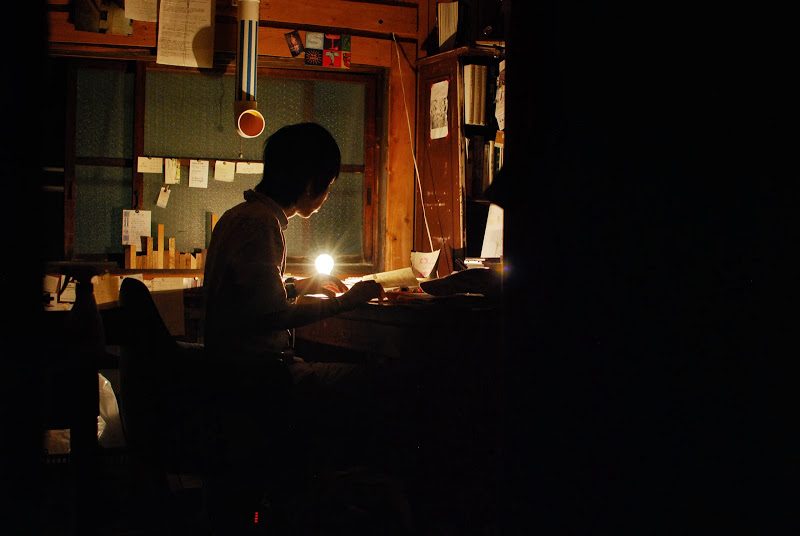
![【徳島】もろぶた糀・木桶仕込みの『井上味噌醤油』 – [Tokushima] Inoue Miso & Soy Source](https://yousakana.jp/wp-content/uploads/2023/07/inoue-miso-shoyu-800x533.jpeg)
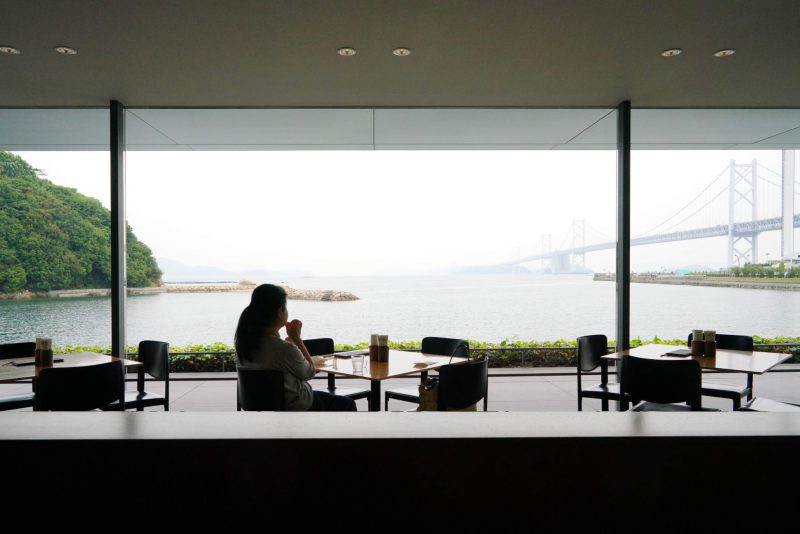
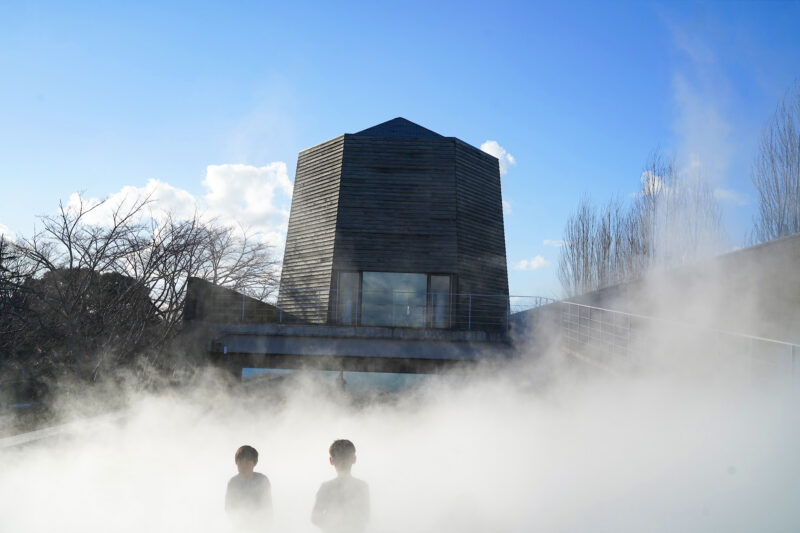
![【兵庫】瀬戸の洋上で獅子が舞う『家島天神祭』真浦の獅子舞 – [Hyogo] Lion dances over the Seto Inland Sea”Ieshima Island Festival”](https://yousakana.jp/wp-content/uploads/2017/07/ieshima-800x713.jpg)

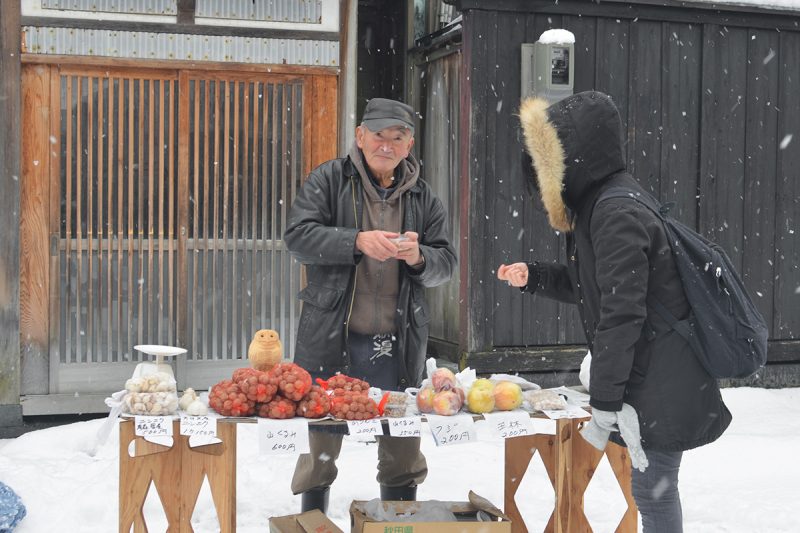
![【香川】日本最大級の長屋門。国の重要文化財『小比賀(おびか)家住宅』 – [Kagawa] National Important Cultural Property “Obika Family House”](https://yousakana.jp/wp-content/uploads/2021/01/obika-house_takamatsu_kagawa_title-800x533.jpg)
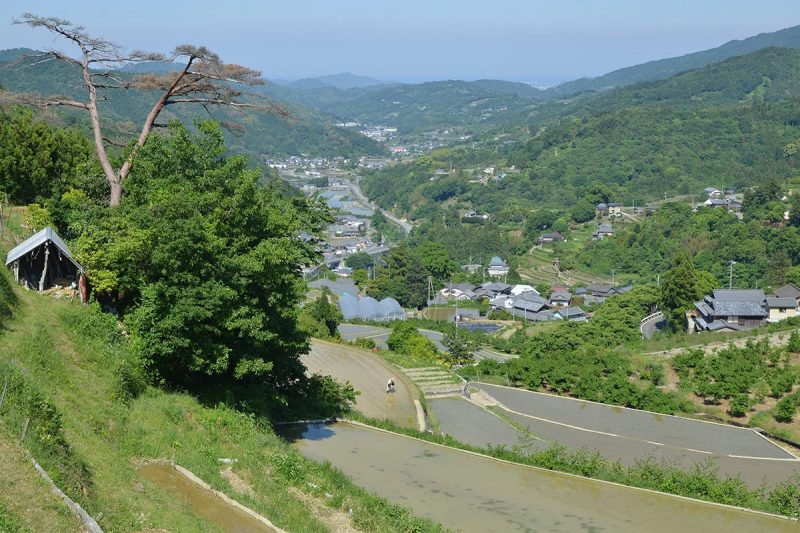
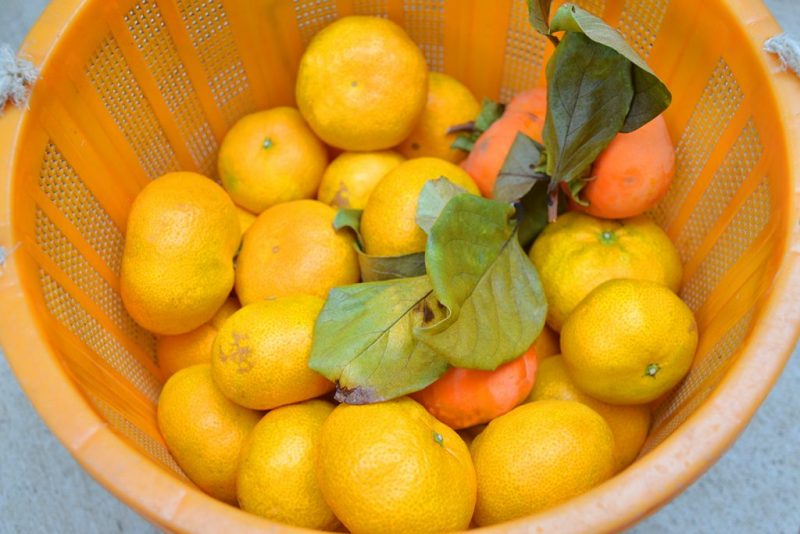
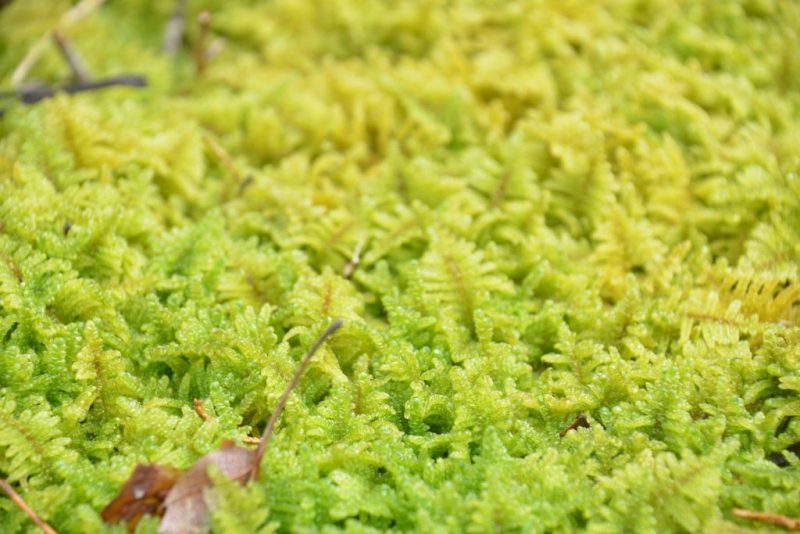
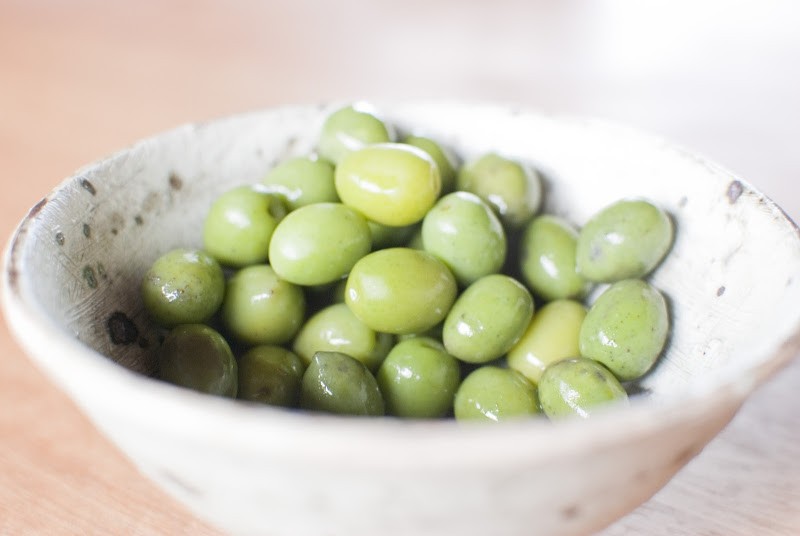
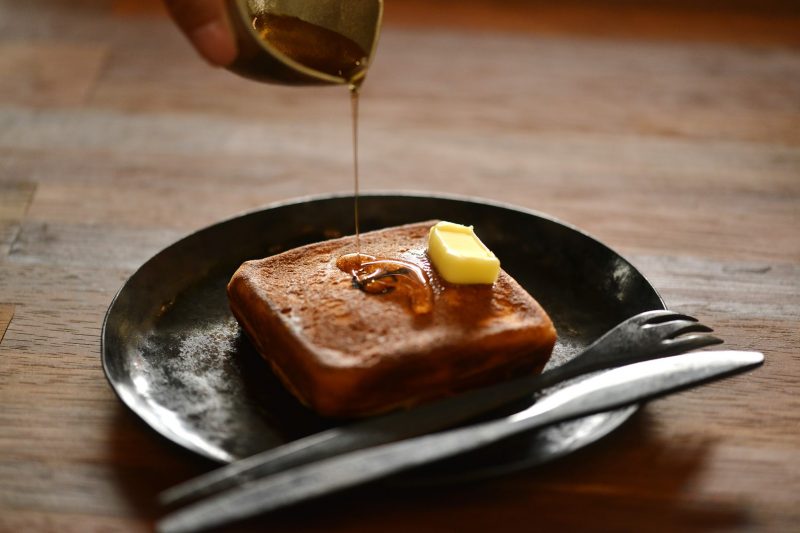
![【徳島】うつわと暮らしのもの『ナガヤプロジェクト』 – [Tokushima] nagaya.](https://yousakana.jp/wp-content/uploads/2025/06/nagaya-tokushima-800x534.jpg)
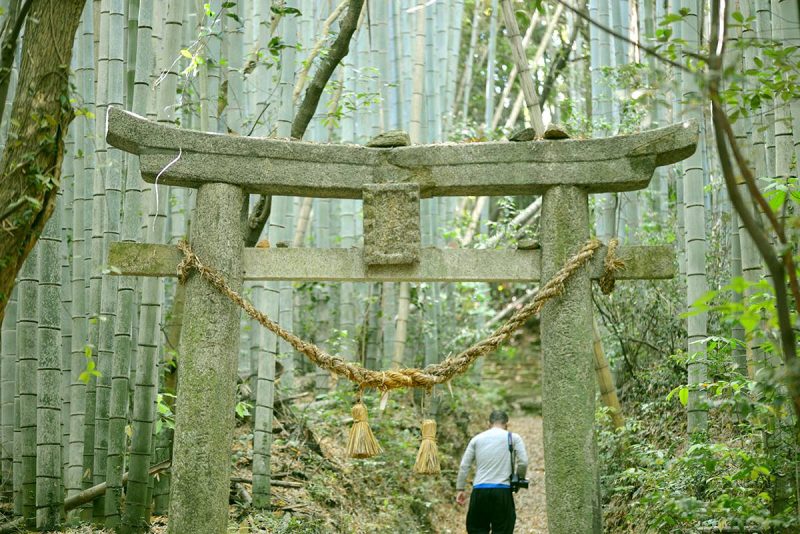
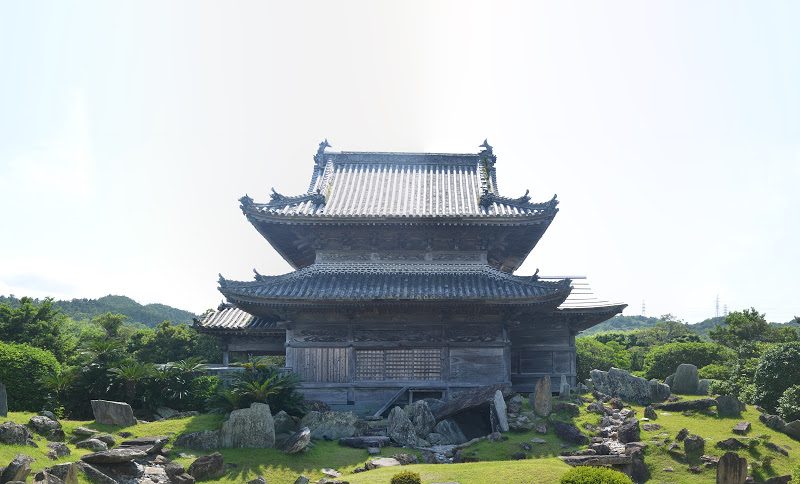
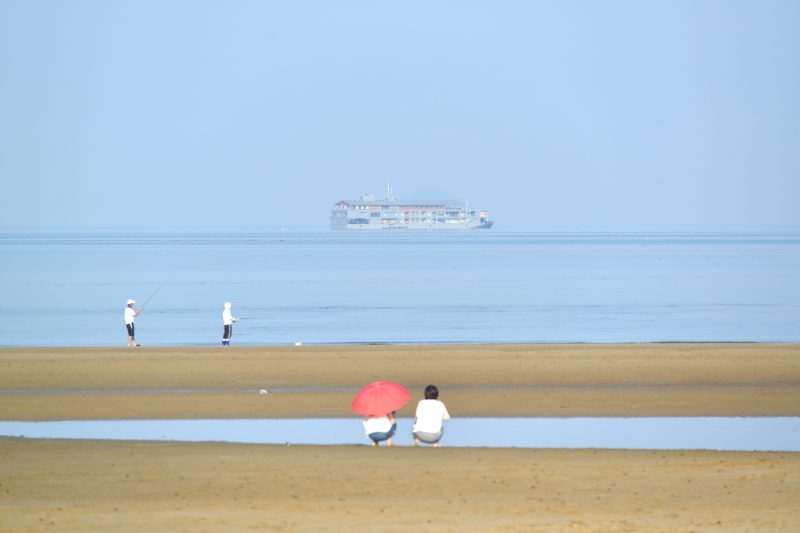
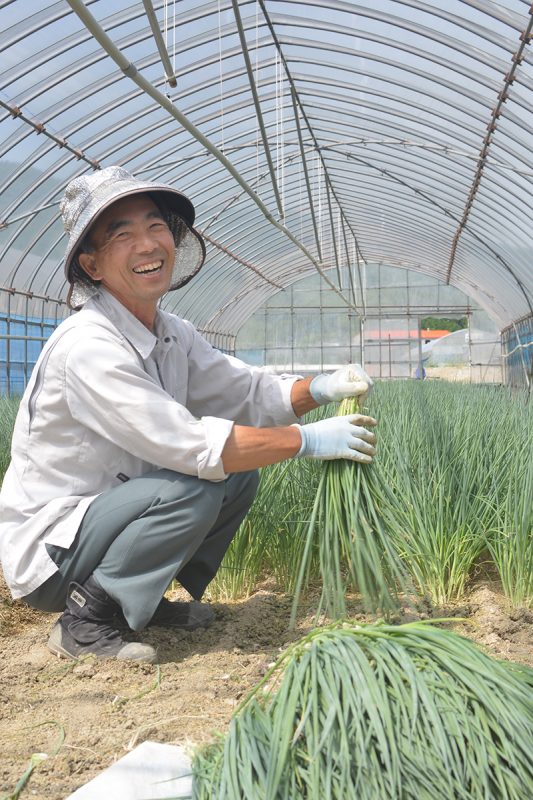
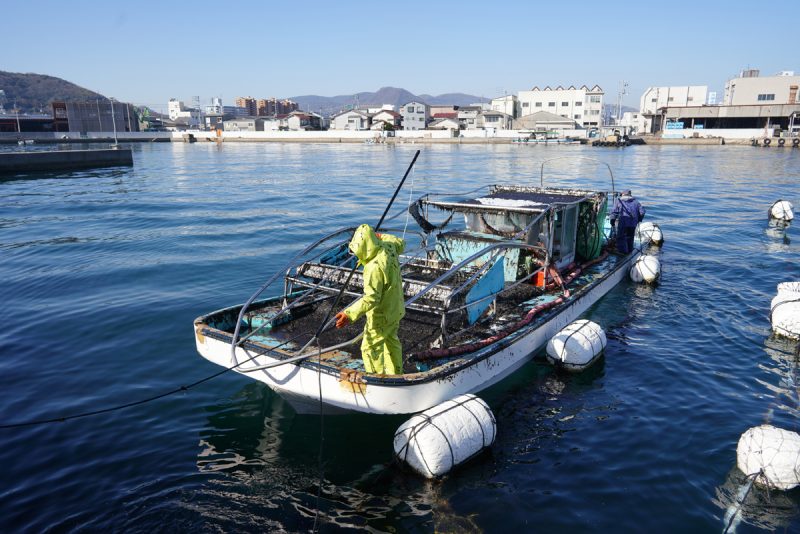
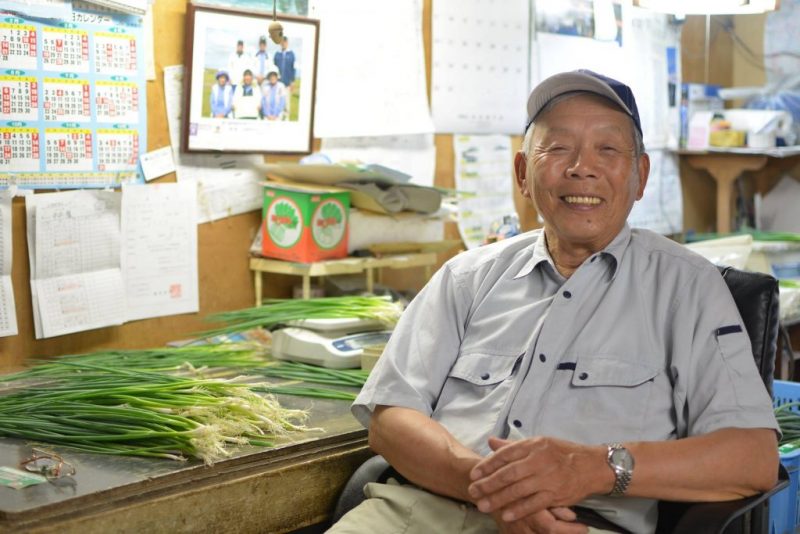
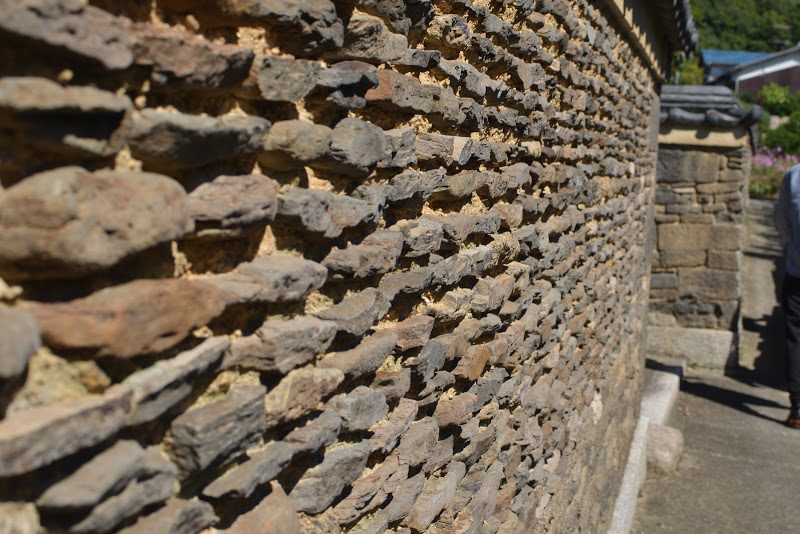
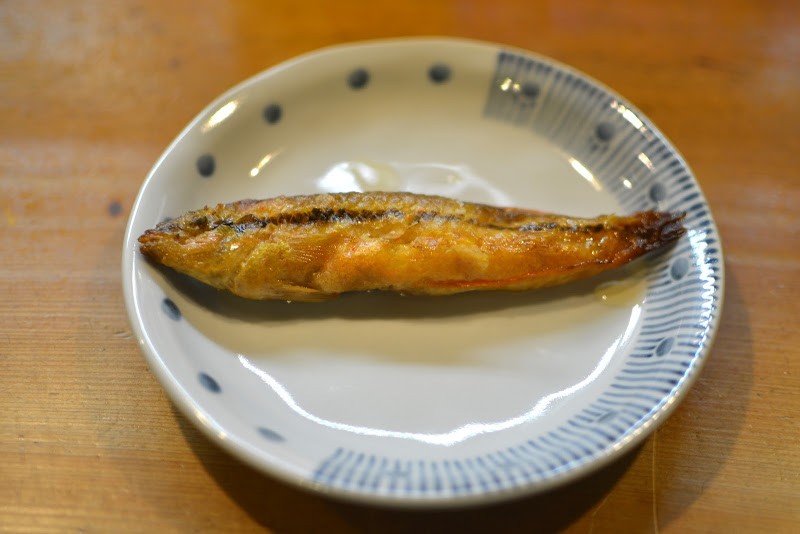
![【香川】美術館は心の病院『丸亀市猪熊弦一郎現代美術館』 – [Kagawa] Art is a Vitamin “MIMOCA”](https://yousakana.jp/wp-content/uploads/2023/12/mimoca_01.jpeg)
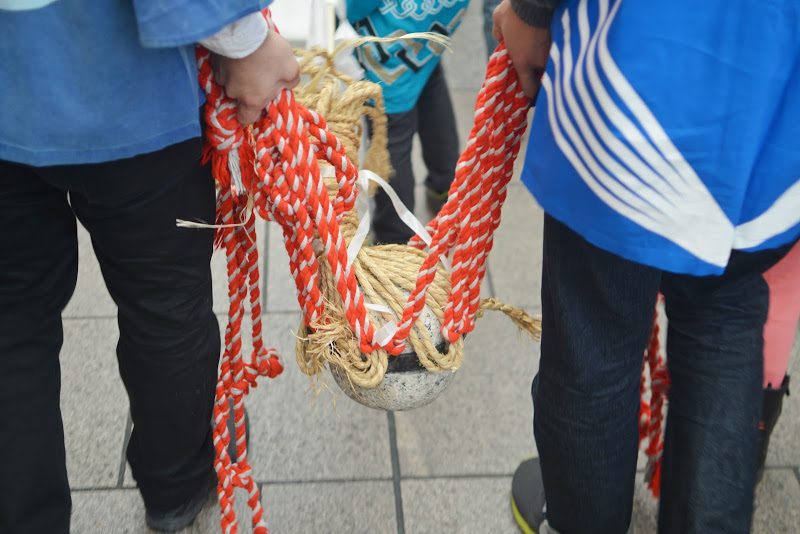
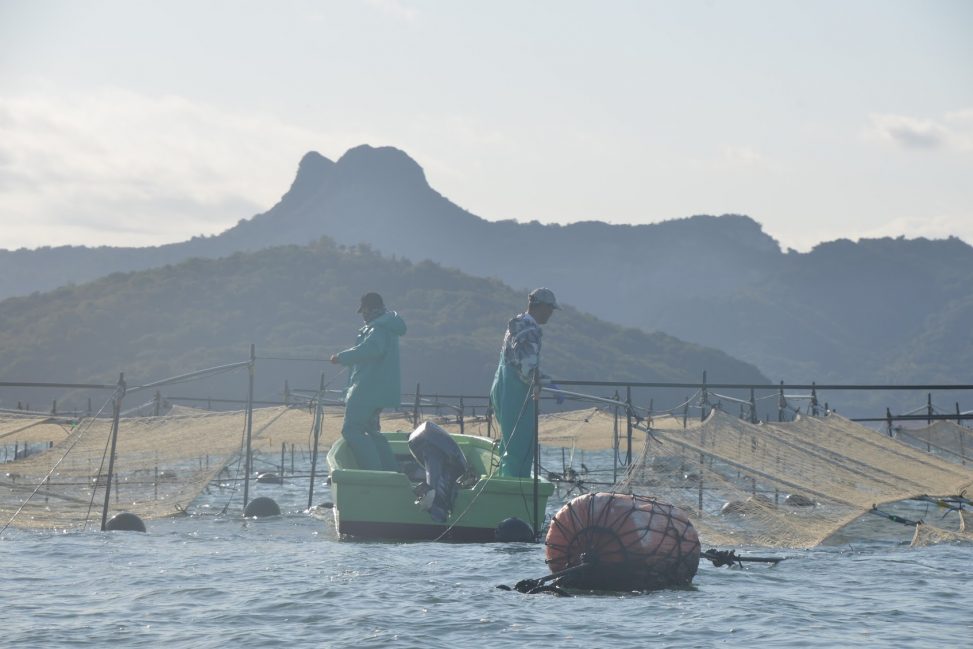
コメントを残す